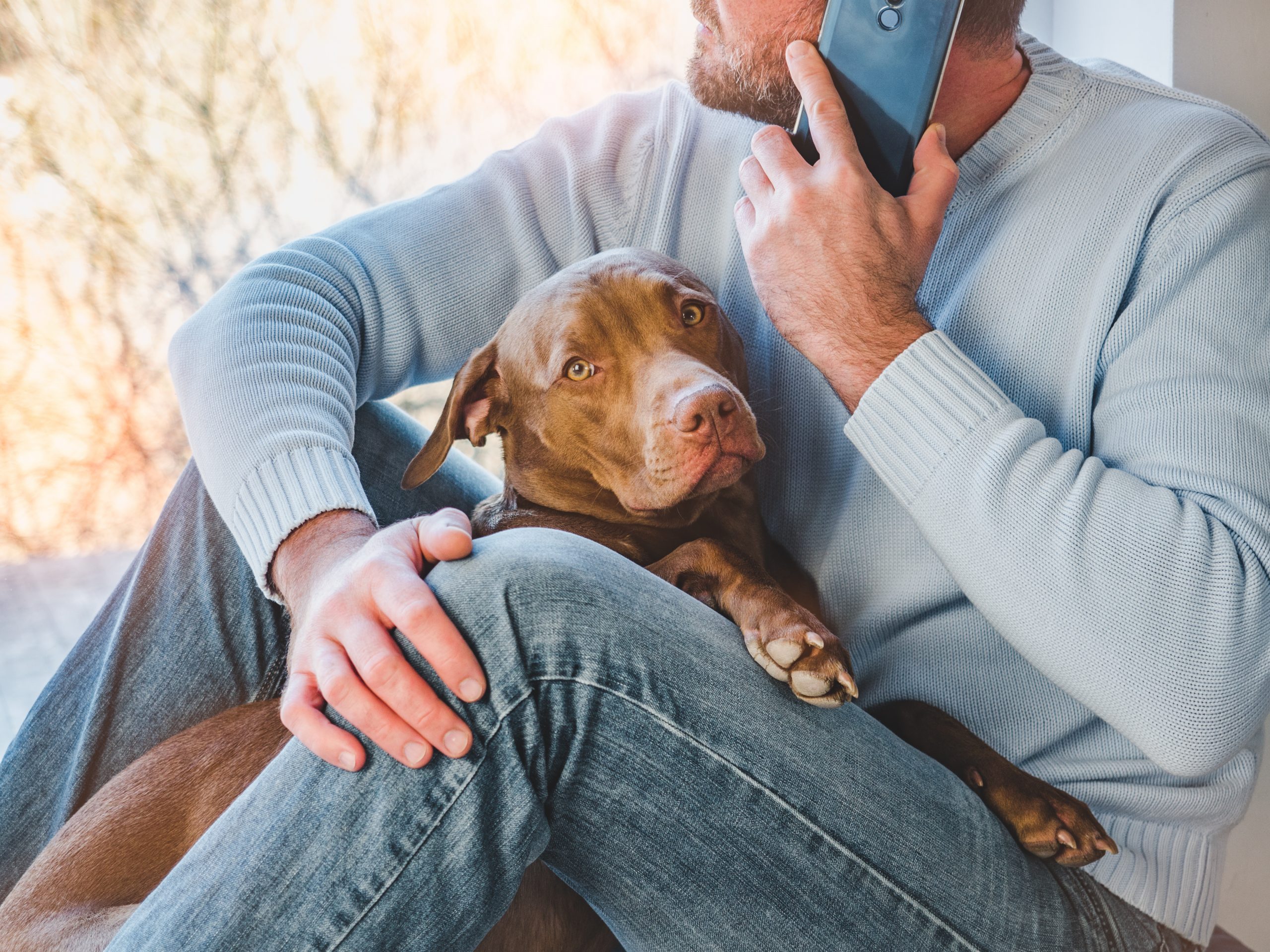This year, the National Oceanic and Atmospheric Administration (NOAA) expects around 13 to 20 named storms where 6 to 10 can become hurricanes and 3 to 5 can become major ones. When a massive hurricane is coming, what should you do for a hurricane and pets to keep them safe?
You surely don't want the companion you fed and treated like family for years to be overlooked when a disaster strikes.
So, this time, we'll talk about:
- How pets such as dogs and cats become affected by hurricanes
- How to create a hurricane safety plan for your pet before a hurricane
- And ensure your pet's safety during and after a hurricane
Without further ado, let's lay the plan out.
Table of Contents
- How Pets Are Affected by Hurricanes
- How to Prepare Your Pets Before, During, and After a Hurricane
- Planning a Pet Safety Plan Before the Hurricane
- 1. Create a hurricane safety plan
- 2. Prepare your pet emergency kit.
- 3. Keep your pet up to date on all vaccinations.
- 4. Microchip your pets
- 5. Secure identification files of every pet
- 6. Place a pet emergency sticker on your front door.
- 7. Appoint a designated caregiver
- 8. Download and use the FEMA app
- 9. Protect your pet from heartworm
- 10. Stay tuned and listen to evacuation warnings.
- 11. Locate pet-friendly shelters near you
- 12. Store veterinarians' numbers
- How to Keep Your Pet Safe During the Hurricane?
- What to Do with Your Pet After the Hurricane
- Planning a Pet Safety Plan Before the Hurricane
- How to Help Pets Affected by Hurricanes
- Conclusion
How Pets Are Affected by Hurricanes
Pets can be badly affected by storms in different ways and aspects, such as the following:
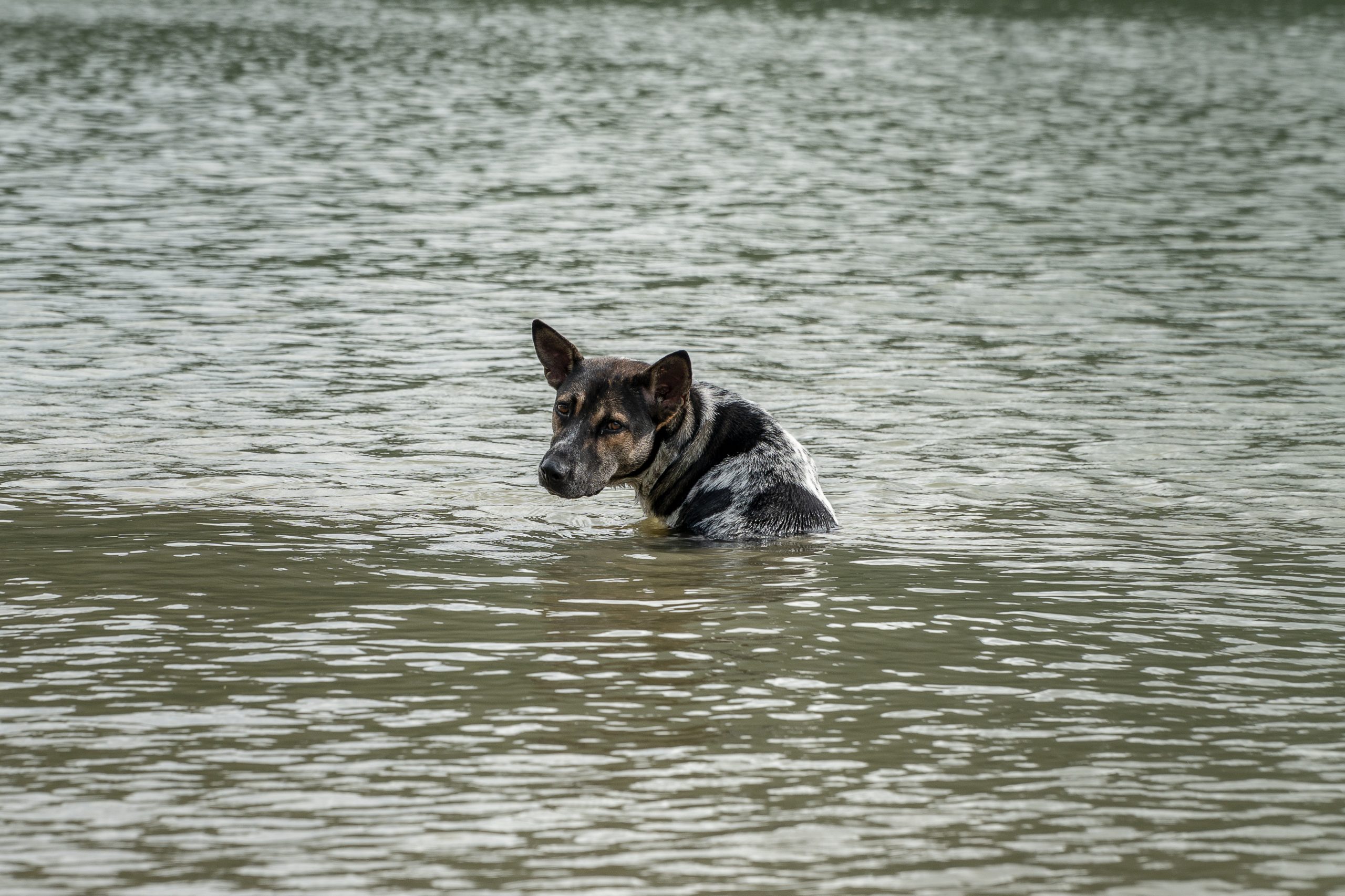
1. Homelessness
High winds and flooding can cause pets like dogs and cats to become disoriented and have difficulty finding their home.
And when things turn tragic, and the owner passes away or has no other choice but to leave pets behind, they would have to fend themselves and face the struggles alone.
And sadly, many pets get homeless after hurricanes and other natural disasters.
2. Anxiety Alters their Behavior
Sometimes anxiety and trauma caused by a storm can alter a pet's behavior. An easygoing and friendly pet can potentially become aggressive or defensive when experiencing a stressful situation.
3. Struggle in Evacuating
When strong hurricanes make landfall and people need to evacuate to find a safer place away from a storm, some pet owners bring their pets with them.
But, it's ten times more challenging to travel and evacuate with a pet like a dog that just gave birth because they need to be with their puppies.
Breeders whose breeding property is located in an area affected by the storm may face the same difficulty.
So, others refuse to evacuate because they don't want to leave their pet behind.
That's what happened in 2006 when Hurricane Katrina hit New Orleans and other surrounding areas, which whipped catastrophic winds and heavy rainfall.
According to a Washington Post poll, 44% of those who didn't evacuate during the Category 5 Atlantic hurricane's landfall did so because they didn't want to abandon their pet.
But doing so could not just put your family's life at risk, but your pet's as well. It could be a perfect recipe for disaster.
That's why planning is crucial to avoid mishaps and ensure your pet's safety.
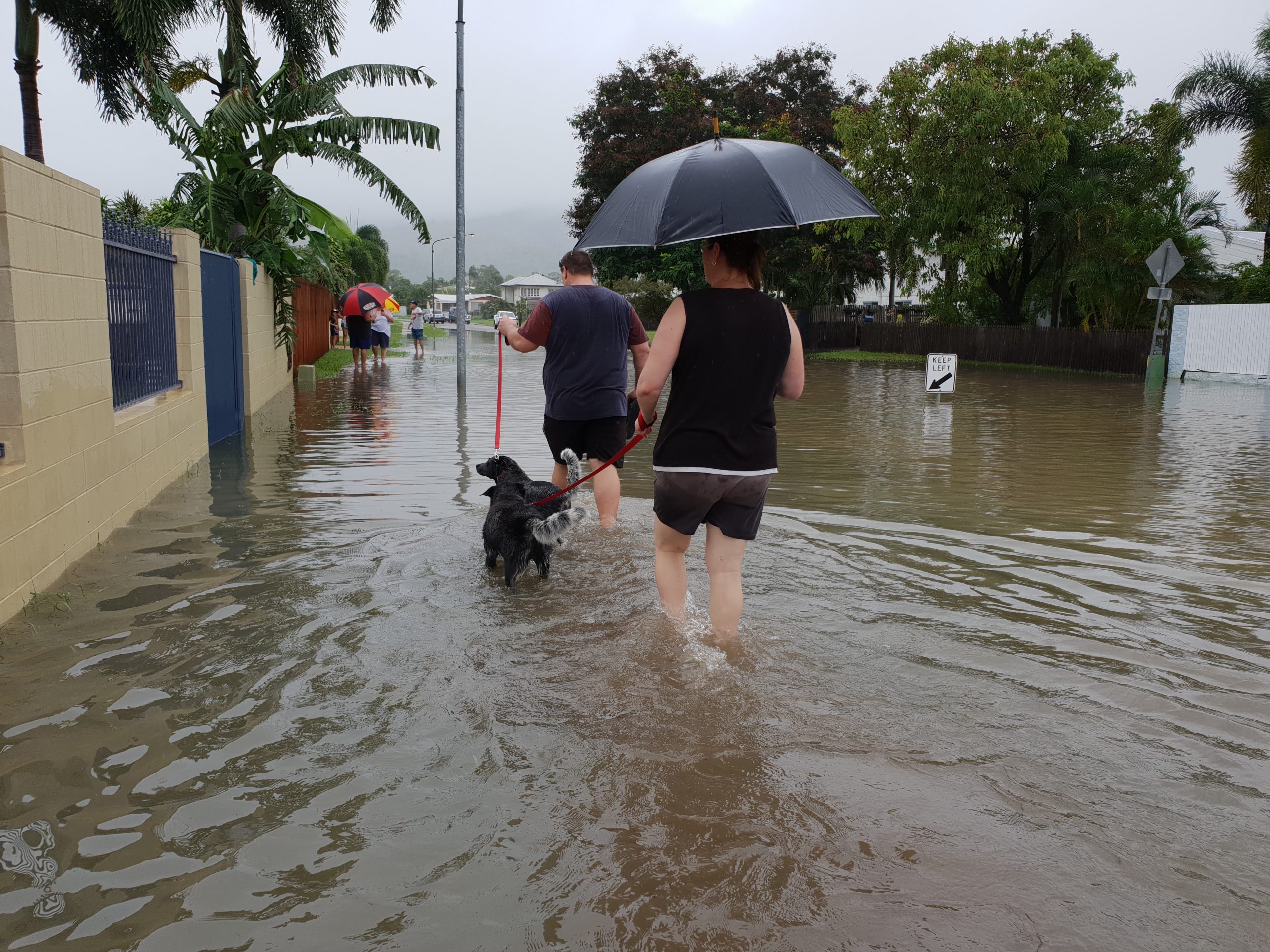
How to Prepare Your Pets Before, During, and After a Hurricane
According to the survey conducted by Banfield in 2018, 91% of pet owners are not prepared for incoming natural disasters.
But, if you want to ensure your pet and family's safety, then you have to take some steps to make sure you have everything you need in case a disaster strikes.
Planning a Pet Safety Plan Before the Hurricane
Here are some tips you can implement before the hurricane comes to ensure your pet's safety:
1. Create a hurricane safety plan
Preparedness is the key to keeping your family and pets safe during disasters. So, make sure to create a course of action and stick to that plan to avoid accidents.
For example, you should do as planned if you decide to evacuate at the first sign of warning.
Having hurricane safety supplies in a safe and accessible place is also essential to avoid scrambling when you're about to leave.
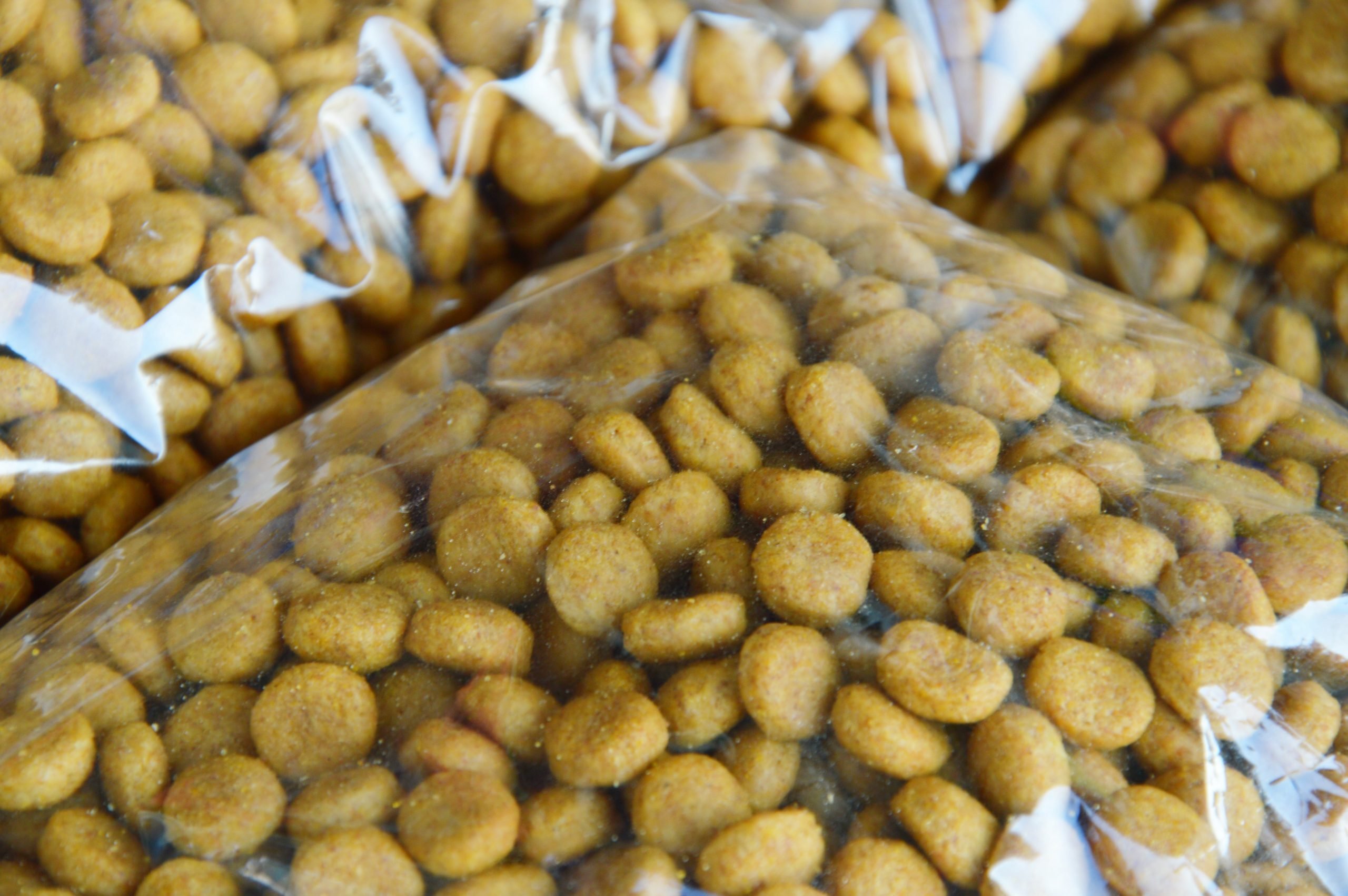
2. Prepare your pet emergency kit.
Make sure to prepare an emergency kit that contains all your pet's needs and ready-to-go in the event of an evacuation.
Your kit should include the following:
- Two weeks supply of pet food and a can opener
- Two weeks supply of water for you and your pets
- Food dishes for pets and bowls
- Medical records or proof of vaccination and two weeks supply of prescription medications
- Photos and ID tags on your pet's collar and harness for identification
- Pet first aid kit including absorbent gauze pads, cotton balls or swabs, adhesive tape and hydrogen peroxide, OTC antibiotic ointment, Saline eye solution, alcohol wipes, etc.
- Litter box, plastic bags, and poop bags
- Extra leash
- Pet carrier with labels of your contact information
- Extra leash, beds, blankets, and treats
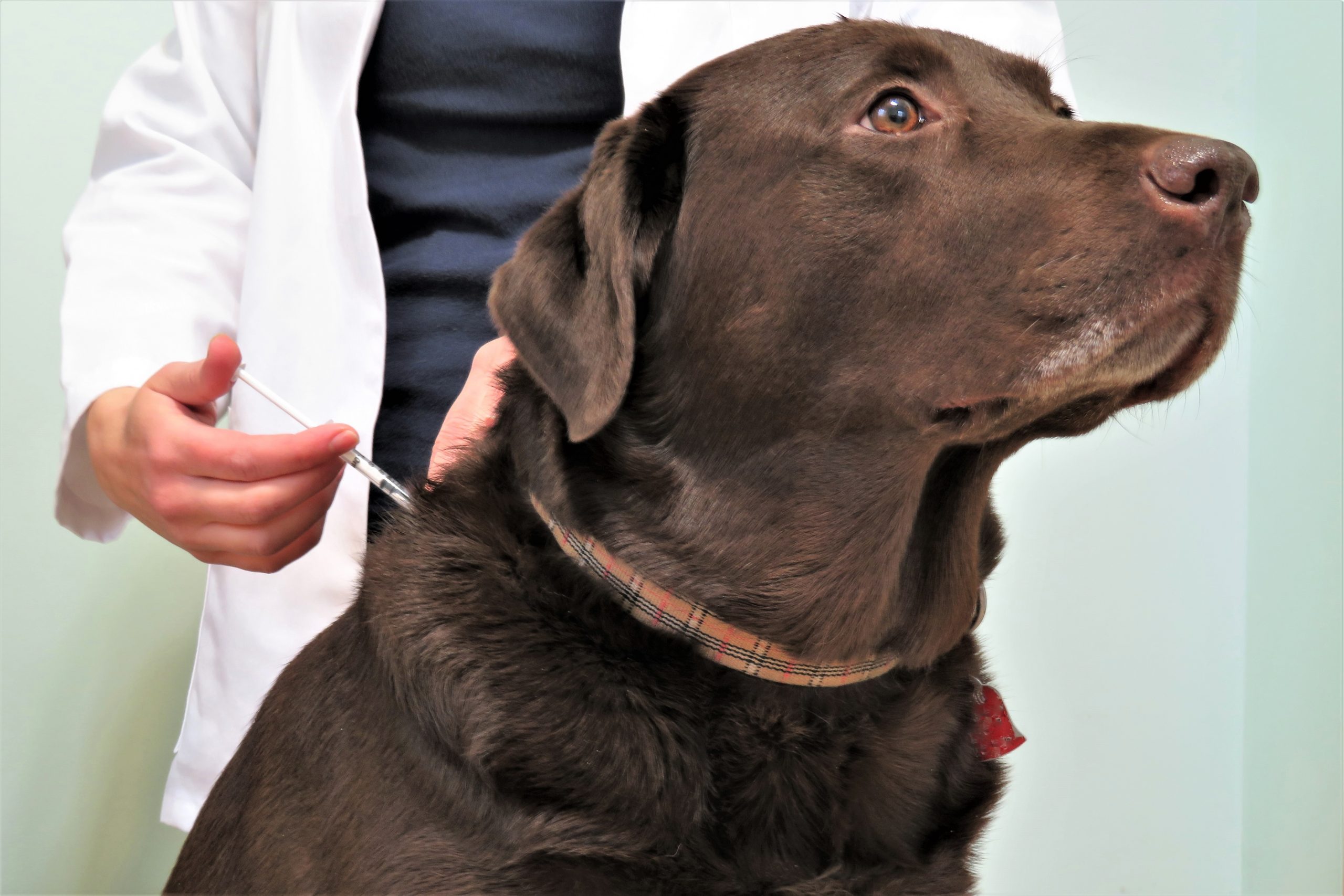
3. Keep your pet up to date on all vaccinations.
Your pet needs proof of vaccinations to be admitted to a shelter, vet, or boarding facility. Your pet may also encounter bacteria like leptospirosis in puddles and floodwaters.
Therefore, you need to make sure your dog, cat, or other companion has received all required shots.
You can get a copy of your pet's vaccination record, including your current rabies license and tag, from your vet.
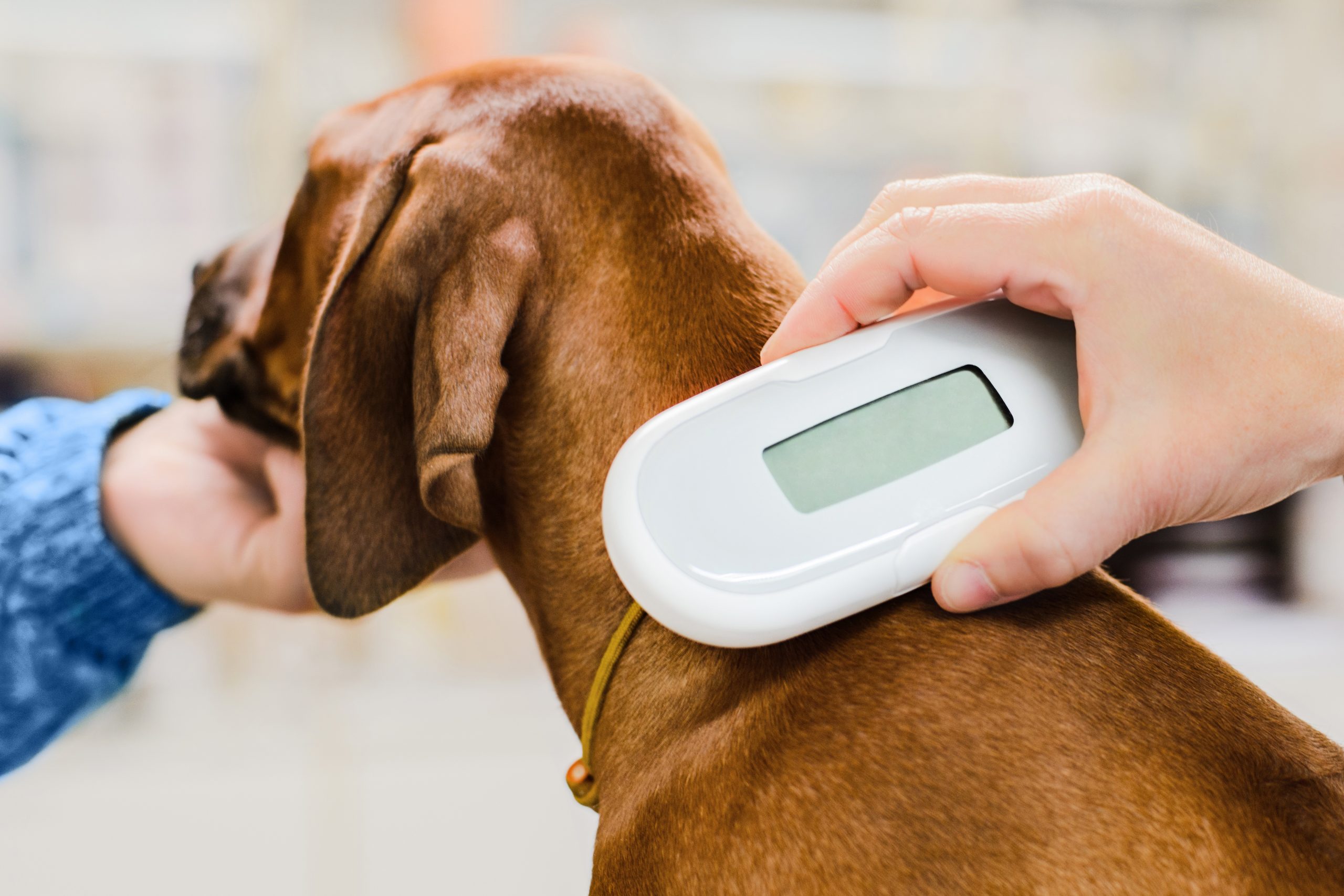
4. Microchip your pets
The ASPCA (American Society for the Prevention of Cruelty to Animals) recommends microchipping pets because it is a permanent form of identification.
It involves injecting a tiny microchip under your pet's skin. You won't have to worry about the injection because it is relatively painless.
Unlike ID tags and collars, the microchip will not get lost, and it will remain in your pet's body his whole life.
With this identification system, you can locate your pet through a scanning device used by humane societies, shelters, animal control, and veterinarians.
But ID tags are still necessary, and keeping your contact info updated on the collar and online microchip database, can help track your pet's whereabouts quicker.
5. Secure identification files of every pet
If you lose your pet in the event of a disaster, you need to have identification files to prove your ownership of the pet.
The identification file should include:
- updated photographs of your pet and your photo together
- microchip identification number
- adoption papers
- a detailed description of your pet, including the breed, gender, age, weight, coat color, and distinct patches or markings
- diet, medications, and vaccination history
- behavioral issues and personality
Secure the file in a waterproof folder and place it in your pet evacuation kit.
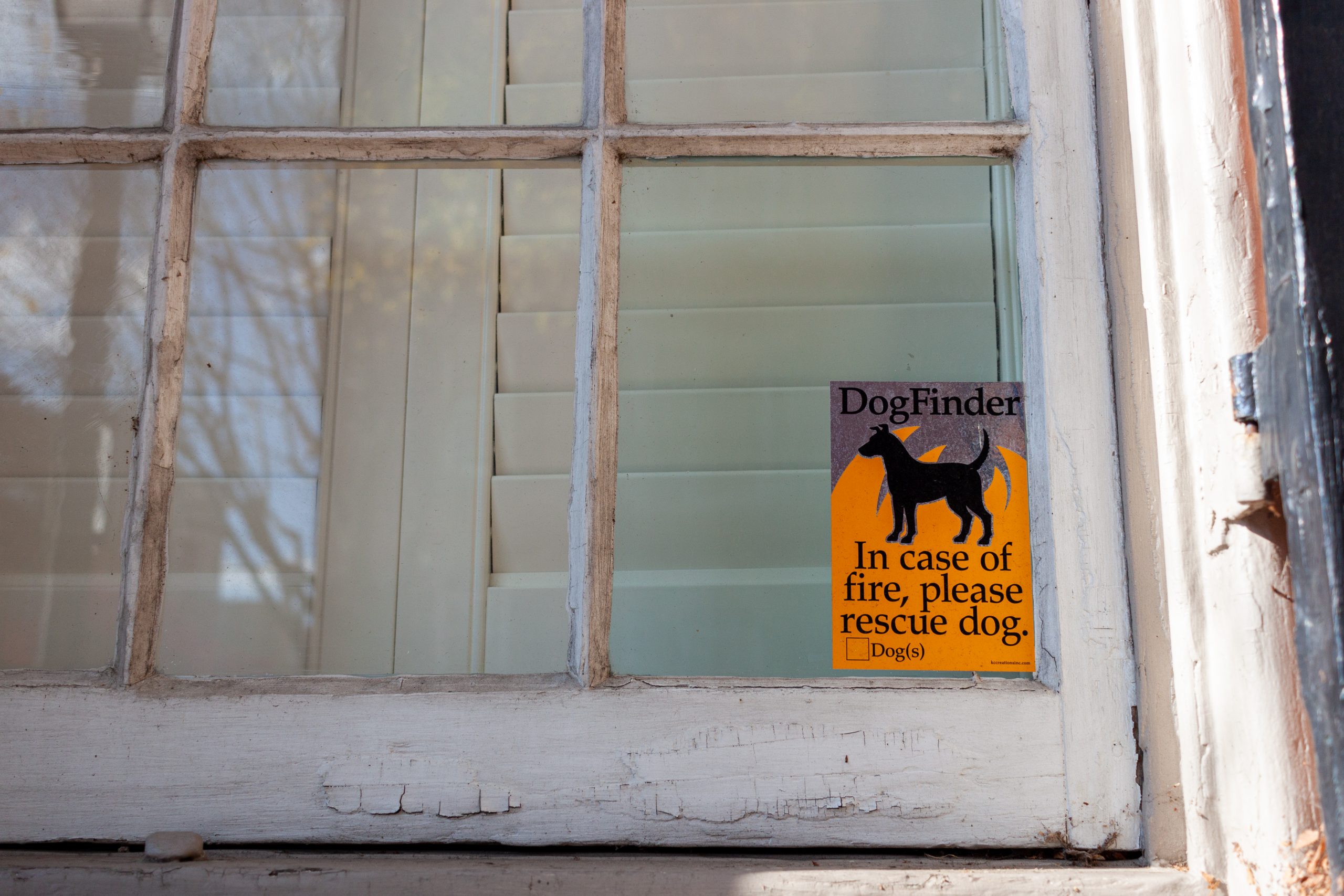
6. Place a pet emergency sticker on your front door.
Pet emergency stickers will help inform rescue personnel what pets live in your home and what animals are possibly trapped.
So, filling out one and putting it in your front door is essential, especially if you got separated from your pet.
7. Appoint a designated caregiver
It would help if you also chose a designated caregiver to ensure your pet's welfare if something happens and you cannot take care of your pets.
It could be a family member or friend who can attend to your pet during emergencies.
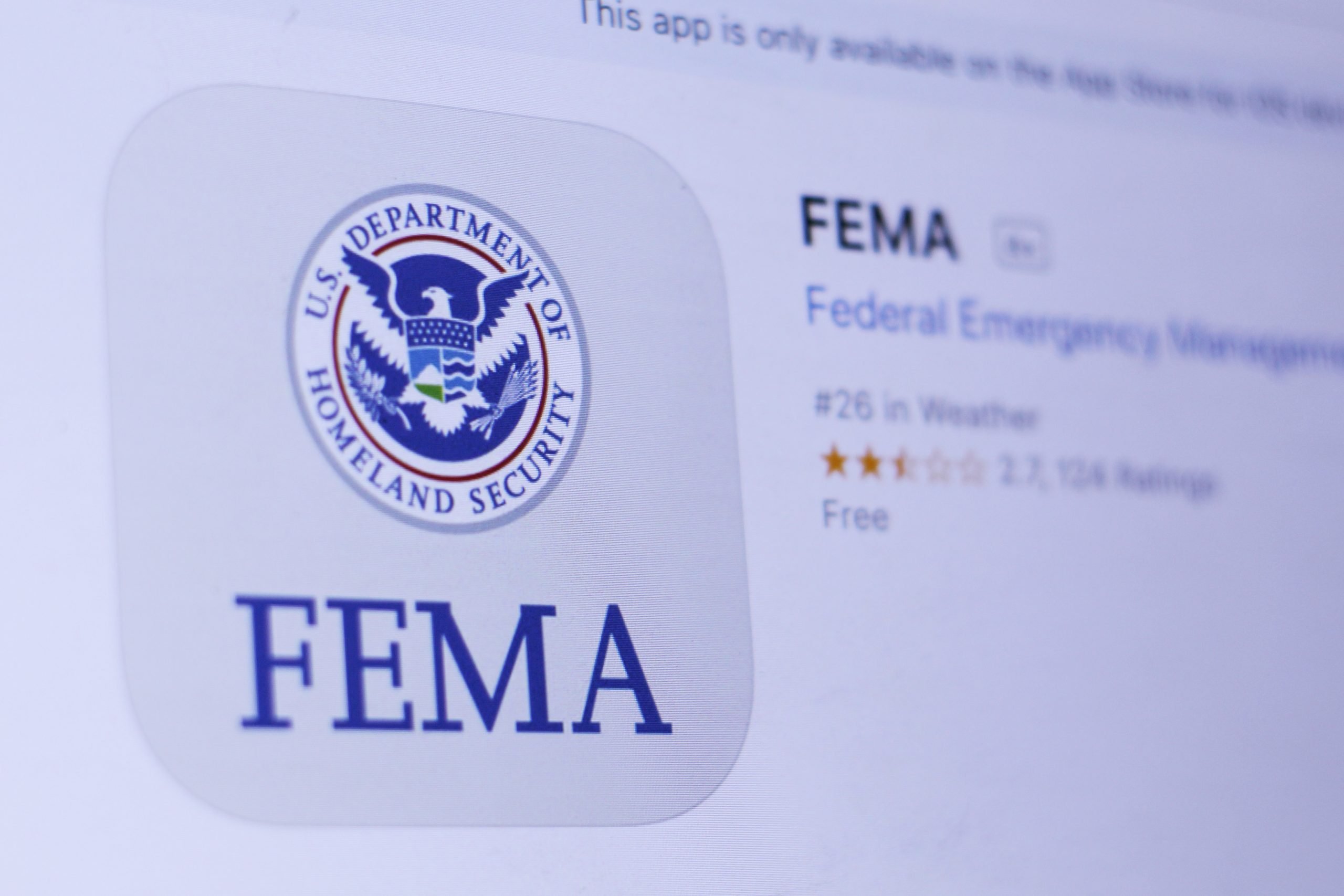
8. Download and use the FEMA app
The FEMA app provides real-time alerts from the National Weather Service, emergency tips for over 20 disasters, and helps locate open shelters.
So, having this app is a must during hurricane seasons.
9. Protect your pet from heartworm
According to Dr. Jacquelyn Schrock, and doctor of veterinary medicine at Banfield Pet Hospital in Houston, mosquitos multiply when there are heavy rains and flooding.
And that could lead to the spread of heartworm disease.
So, make sure to keep up with your lovely pet's heartworm medication and check if you have enough supplies. It can help save your pet's life from such a fatal disease.
10. Stay tuned and listen to evacuation warnings.
If you live in a mandatory evacuation zone, stay tuned to the news and listen to the evacuation warnings.
Following the authorities' instructions can save you and your pet's life.
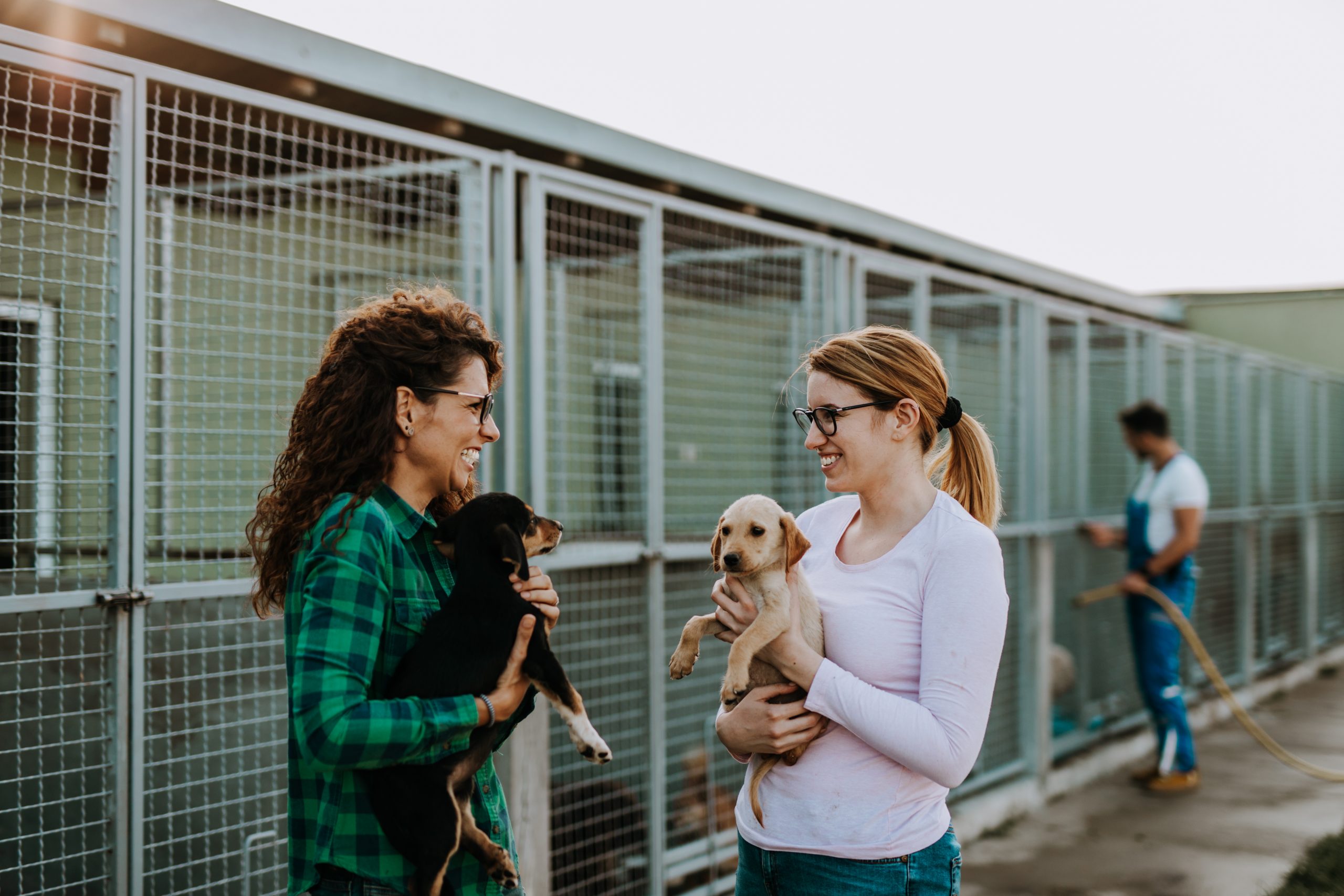
11. Locate pet-friendly shelters near you
You must know where the nearest shelters are and plan where to bring your pet in the event of an evacuation.
But most emergency shelters prohibit regular pets.
Therefore, you need to inquire with your local emergency management agency to learn which shelter accepts pets.
You may also ask the local veterinary hospital or humane society if they have any info about where to take your pets during an evacuation.
And as mentioned earlier, the FEMA app can help you with this concern.
And if no pet-friendly shelter is available, you can look for and opt for a hotel, motel, or boarding facility that allows pets.
No matter what kind of shelter works for you and your four-legged companion, make sure to secure reservations in advance.
12. Store veterinarians' numbers
There is no guarantee that your pet can become 100% safe during a disaster and evacuation.
So, make sure to store several different veterinarians who can help you in times of emergency.
You're lucky if there's a vet that can accommodate you in your shelter, but if none, calling vets outside the evacuation zone is the way to go.
How to Keep Your Pet Safe During the Hurricane?
When the hurricane makes landfall, it's time to be alert and ready to implement your plan.
You can ensure your furry pet's safety by taking the steps below.
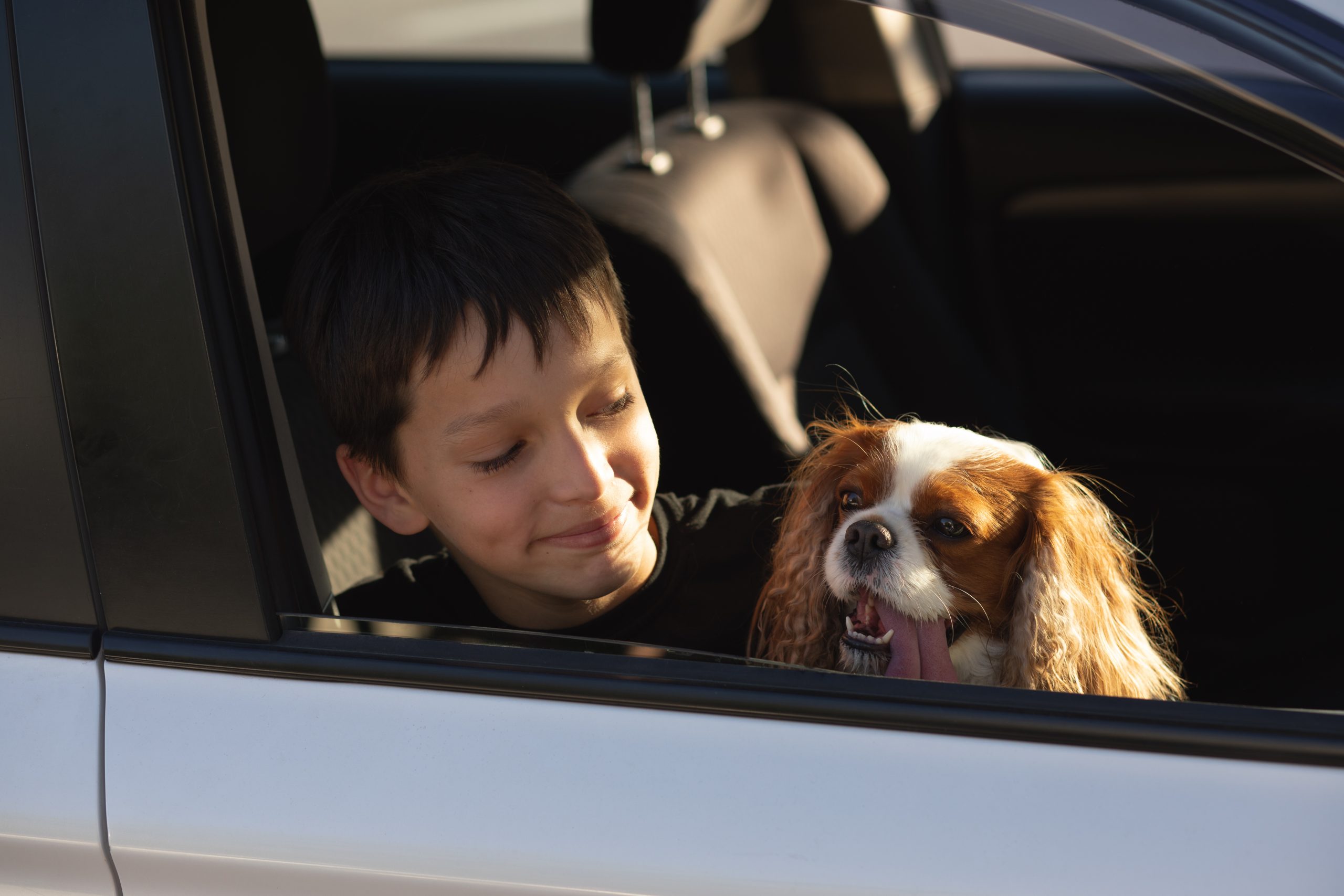
1. Evacuate with your pet
The goal of pet safety preparation and planning is to keep your beloved animal with you and in a safe environment.
So, you should bring your pets with you when evacuating.
It would help if you could invest in a durable and appropriately sized pet carrier.
Not only will it help you contain your pet and travel safely, but it can also prevent your companion from running away and getting lost amid a stressful situation.
To help your pet become comfortable in a portable carrier, help your lovely companion, whether it's a dog or cat, get used to it by trying it out a few times.
2. Stay away from floodwaters.
Flood water may bring dangerous debris or expose you to the risk of electrical shock.
So, if possible, it would be best to keep yourself and your pet away from floodwaters.

3. Prepare for possible injury.
Don't panic in case your pet becomes injured during a destructive hurricane or evacuation.
Make sure to get your pet out of that harmful situation and assess if you can manage to treat it with your first aid kit or if it requires a professional's help.
If it does, call your vet using the numbers you've stored before the evacuation.
4. Stay calm and level-headed.
Your pet may act differently during a disaster. A friendly and active pet may become scared upon hearing thunder and storms, so make sure to stay alert during such stressful situations.
Close your windows and doors to prevent them from escaping due to fear, and whether you decide to stay in your home or evacuate, try to remain calm and level-headed.
Your pet can sense it if you're afraid or frightened, so keeping a calm demeanor can make your pet panic less.
What to Do with Your Pet After the Hurricane
You may need to return to your home once the hurricane stops. But don't forget to evaluate your pet after a hurricane.
You need to examine your pet for any signs of medical attention, especially if you got separated during the storm.
These are the signs you should look out for:
- Wounds or other injuries.
- Pain, limping, or swelling.
- Changes in energy level.
- Appetite changes
- Coughing, sneezing, or discharge from the nose
- Vomiting or diarrhea.
- Changes in behavior.
If you're deeply concerned about your dogs and any other pet, then you should bring your pup to a vet and let the experts make a more extensive examination.
How to Help Pets Affected by Hurricanes
Thinking about the struggle animals go through during hurricanes are indeed heartbreaking.
But as a pet owner who loves and is passionate about animals, there's something you can do.
There's a plethora of groups and organizations whose mission is to help animals affected by hurricanes.
By volunteering and donating money to fund their good cause, you can help pets to return to their families or find new homes,
Here are some of the organizations that pioneers in saving pets' lives.
- Humane Society
- American Society for the Prevention of Cruelty to Animals
- The Humane Rescue Alliance
- City Dogs Rescue & City Kitties
- SPCA of Texas
- Austin Pets Alive
- Louisiana SPCA
Conclusion
Hurricanes and other devastating natural disasters take a significant toll not just on people but also on animals.
But by including your dog in your family's emergency plans, you can keep your family and furry companions away from harm.
So, get fill your emergency kit with first aid essentials and create a pet safety plan now!
READ NEXT: Disaster Preparedness: Are You and Your Pet Prepared?



